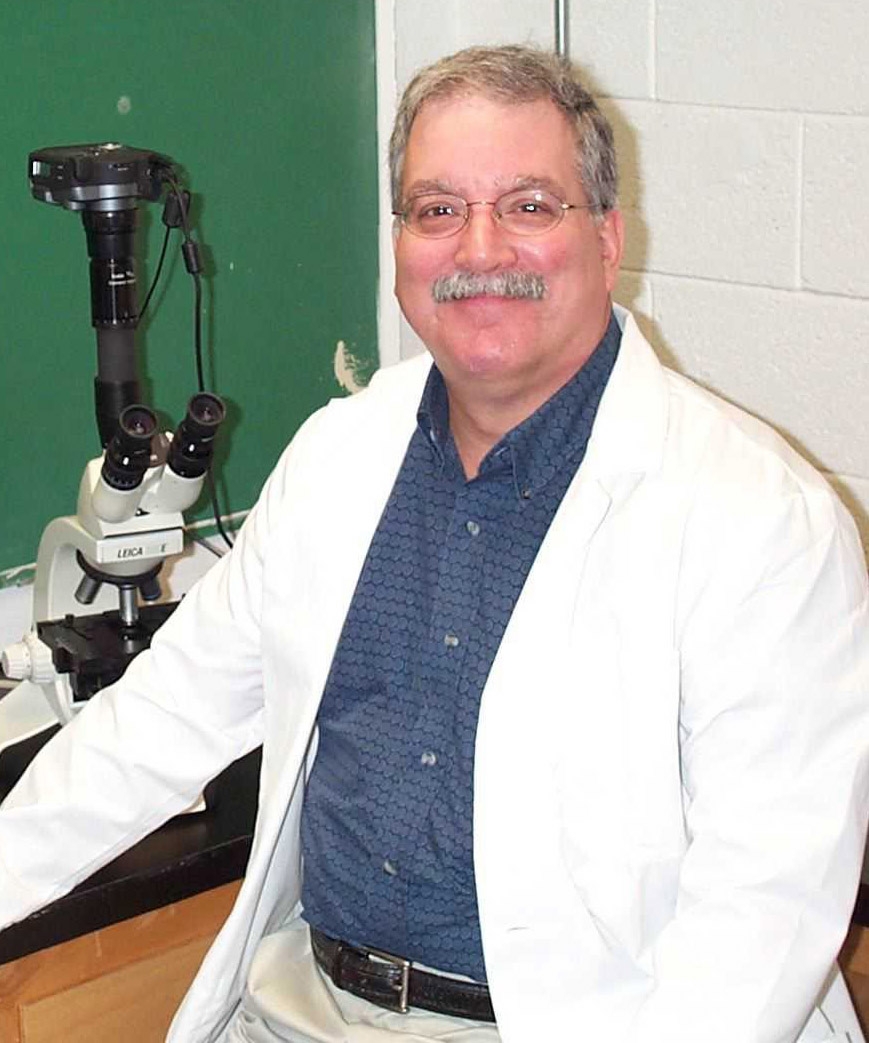David Mills
Louisiana Tech University
Project Title
3D Printed Nanoclay Enhanced Medical Devices for Reconstruction of Craniofacial Bone Defect
Mentor
Jennifer Woerner, Louisiana State University Health Shreveport (Collaborator)
Funding Period
Translational Project (May 1, 2019 - August 18, 2020)

Abstract
Craniomaxillofacial (CMF) surgeons treat bone defects using autografts, allografts, and even xenografts in an attempt to restore functionality and aesthetic appearance. Metallic biomaterials are also employed in various forms as substitutes for damaged bones, to hold bones together, strengthen tendons and ligaments or attach them to the bone, and replace diseased bone. These materials are also bioinert, possess little biological activity in vivo, with subsequent poor tissue integration, increased incidence of inflammation and infection, and implant loosening and failure due to infection. Further, ions can leach from the implants due to metal wear debris, resulting from corrosion, wear, and attrition from the metallic surfaces. The same degradation processes can lead to the loss of mechanical integrity and robustness, with the implant failing to perform the intended function. 3D printing can be used to create prostheses to replace or repair damaged tissues. Reconstructive surgery can also leverage 3D-printing technologies to develop custom cutting guides, fixation devices, practice models and implanted medical devices to improve patient outcomes. Recent advances in our lab have led to the development of a 3D printing technique able to fabricate an implantable medical device capable of delivering therapeutic drugs (antibiotics, chemotherapeutics, hormones, and steroids) directly to the intended target and then degrade safely in the body. The objective of this research is to fabricate a customized drug-eluting and biodegradable implant (e.g., resorbable bone mesh, screws and plates) using 3D printing technology. Our polymer nanocomposite will couple the treatment of infection while simultaneously encouraging tissue regeneration. The nanocomposite will consist of a polycaprolactone (PCL) and polyethylene oxide (PEO) polymer blend, and a calcium phosphate cement (CPC) enhanced with halloysite nanotubes (HNTs). The PCL/PEO blend will have controlled degradation and will be coupled with HNTs doped with antimicrobials and osteoinductive/osteogenic growth factors (hereafter termed bioactive agents). It can also serve as an orthobiologic. When applied or implanted into bone tissue, it will facilitate disease remediation, osteogenesis, matrix formation, mineralization, and biointegration. This project will produce a novel, cost-effective and customizable medical devices for use in the treatment of developmental or traumatic CMF defects or injuries.
